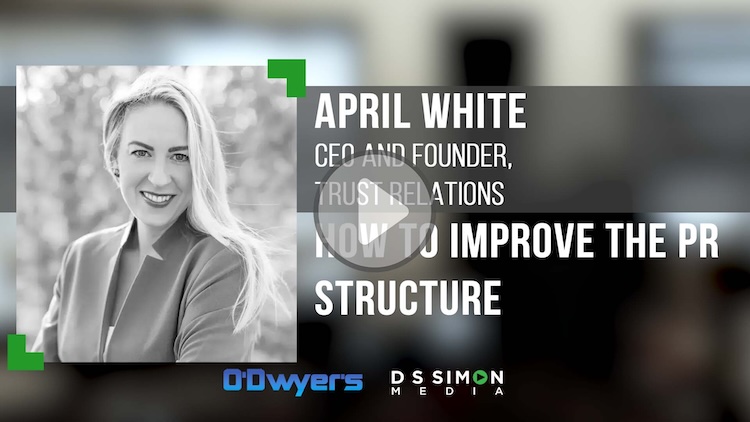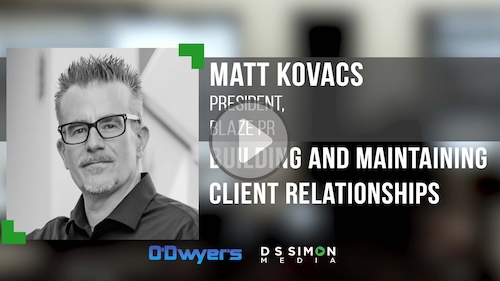The defining principle of "designing for the margins," according to Cheryl Overton Communications founder and CEO Cheryl Overton, is that "at every step of the way, whether it's from strategy to ideation to performance, marketing and measurement, it takes the most marginalized target or the most impacted target and solves for their needs."
But Overton stresses that designing for the margins is something that benefits everyone. "If we can challenge ourselves as creatives, as strategists, as communicators, to really find a message, to really find an approach that meets their needs, we have automatically widened the opportunity to reach everyone in a very impactful and in a very human way."
She also says that the approach goes beyond just looking at demographics and labels. "We don't check boxes and figure out messages. We really look at who are humans, what drives them, what motivates them, what makes their heart sing, what makes them cry when no one is looking. And if we can solve for those things, we actually come up with those aha's that feel a little more sticky and frankly, feel more memorable to everyone."
When it comes to how well clients are getting the message about designing for the margins, Overton says that while there's some "amazing work" being done, there's still a lot of room for improvement. "If I were to give brands a grade," she tells Simon, it would be "somewhere between a B-minus and a C-plus."
How can brands do better? Brands need to realize that these marginalized groups, "are often the most prolific on social media. These are the most influential from a popular culture standpoint. These are people whose register receipts, when they actually go to stores and retail, are higher than the total market. So, these are valuable consumers to brands."
The power of data is also looked at in the conversation. "I think that brands listen to data. They like to see movement in the needle. So, we can continue to use data and performance metrics to tell the story."
But perhaps most important is the concept of "brand love." Overton says that "the way to brand love is to really impact culture and to really talk about the things that might be difficult. I think we expect film to do that. We expect music to do that. We expect the fine arts to do that. I think that we can do that in marketing as well."
For the coming year, Overton says communicators addressing multicultural audiences need to keep a particlarly close watch on AI. "I think we sometimes see with some of these generative, technological platforms, they don't necessarily spit back something that feels like it's authentic to my lived experience or my worldview. I think the more we all are using it, the more they will become representative of a more culturally diverse world."
And the power of platforms such as TikTok and Instagram will almost certainly grow, thanks to the more personal touch they can have with consumers. "I think we're going to start to look at these to learn more, and educate ourselves more, using real opinions of people who we think mirrors our lives.
View all of the interviews in the “PR's Top Pros Talk” series. Subscribe to get notified when new episodes are available.
Interested in taking part? Contact Doug Simon at [email protected]
D S Simon Media helps clients get their stories on television through satellite media tours and by producing and distributing content to the media. The company also produces live social media events.










 Have a comment? Send it to
Have a comment? Send it to 
No comments have been submitted for this story yet.